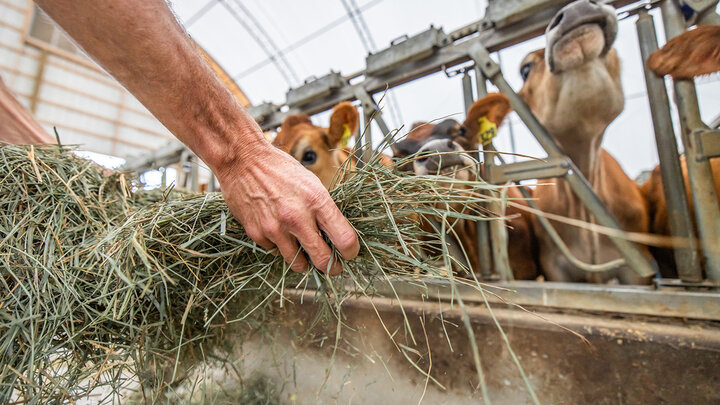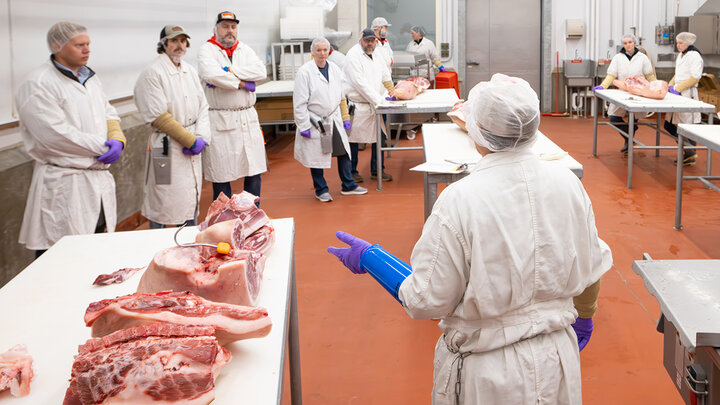At a Glance
- AF protects annual forage crops used for grazing, hay, or silage against rainfall shortfalls.
- Coverage available from 70% to 90%, based on two-month growth intervals.
- Subsidized premiums make it a cost-effective risk management tool.
- Indemnity payments help offset higher feed costs when forage production drops.
Planting annual forages can be a smart way to supplement feed for livestock whether through grazing, hay, or silage. However, unpredictable rainfall often puts forage production at risk. To help producers manage that uncertainty, the Annual Forage (AF) Insurance Program provides protection tied directly to precipitation during key growth periods.
Annual Forage insurance is designed specifically for crops planted annually and used as livestock feed. It works much like Pasture, Rangeland, and Forage (PRF) insurance, using a rainfall index instead of individual farm yield data. This means indemnity payments are triggered by rainfall amounts measured within a producer’s grid, not by actual harvested production.
How Annual Forage Insurance Works
- Coverage Levels: Producers can select coverage between 70% and 90% of expected rainfall.
- Intervals: Coverage is based on two-month intervals that you choose according to the most critical growth stages of your forage crop.
- Premium Subsidies: AF insurance is subsidized, helping reduce the cost of premiums and making it an affordable risk management tool.
- Indemnity Payments: If rainfall during the insured interval falls below your selected coverage level, an indemnity payment is issued, helping offset the financial hit from lost forage production.
Why Annual Forage Insurance Matters
Weather risk is one of the biggest challenges livestock producers faces. A dry spring or summer can mean less forage, higher feed costs, and tough management decisions. Annual Forage insurance provides an added layer of financial stability, ensuring that your feed strategy remains reliable even when rainfall doesn’t cooperate.
In short, AF insurance helps producers better manage risk, protect their bottom line, and maintain consistent forage supplies for their livestock no matter what the weather brings.
This article has been peer reviewed.
References:
Center for Agricultural Profitability. (2025, June 12). Understanding Annual Forage Insurance: Coverage, Sign-Up, and Performance (Webinar). University of Nebraska–Lincoln. Retrieved from https://cap.unl.edu/annual-forage-insurance-webinar-2025/
Risk Management Agency. (2024, July). Annual Forage Insurance Program – Dual Use Option (Fact Sheet). U.S. Department of Agriculture. Retrieved from https://www.rma.usda.gov/sites/default/files/2024-07/Annual%20Forage%20Insurance%20Program-Dual%20Use%20Option%20Fact%20Sheet.pdf
Risk Management Agency. (n.d.). Annual Forage (Insurance Plan overview). U.S. Department of Agriculture. Retrieved from https://old.rma.usda.gov/en/Policy-and-Procedure/Insurance-Plans/Annual-Forage




